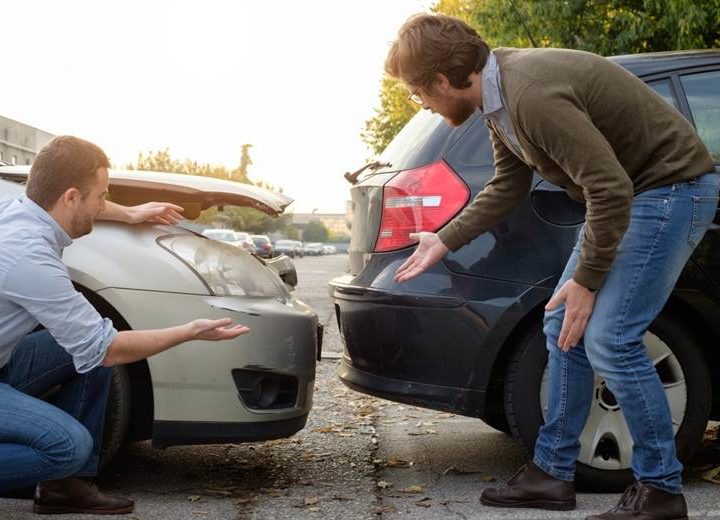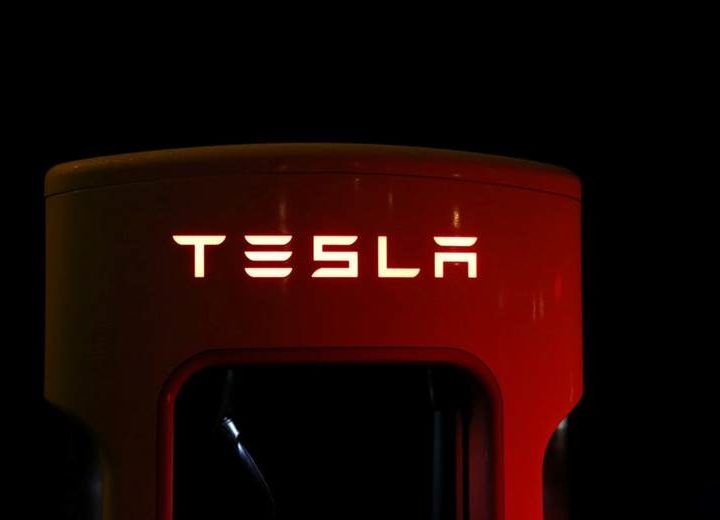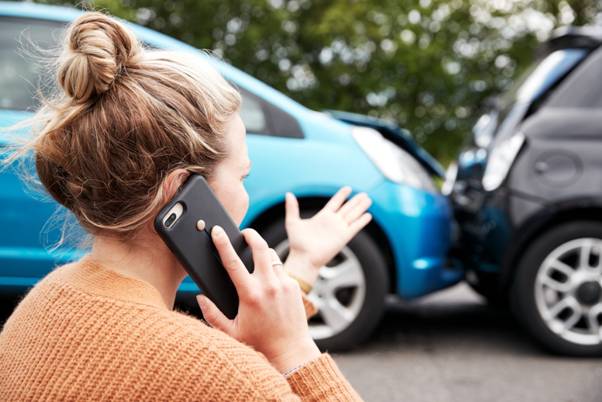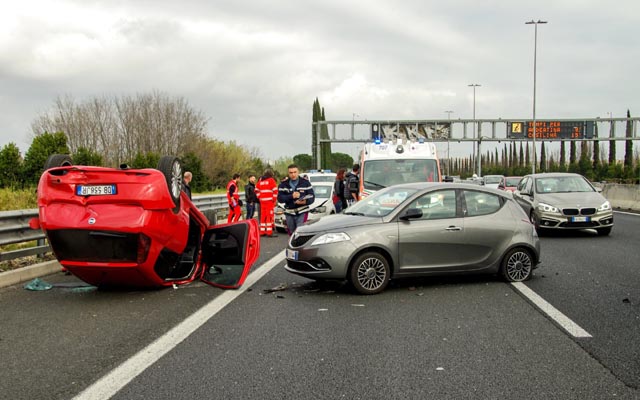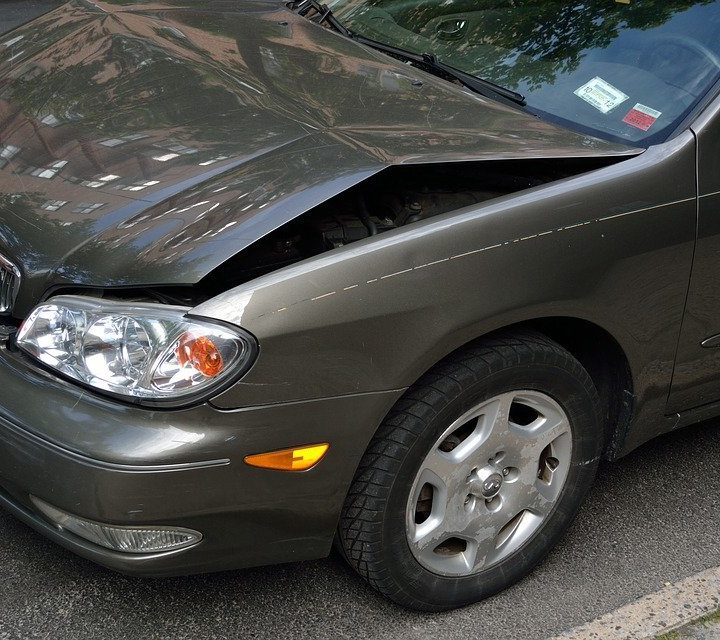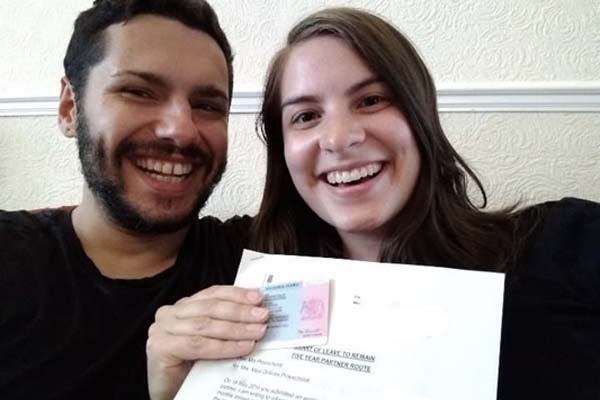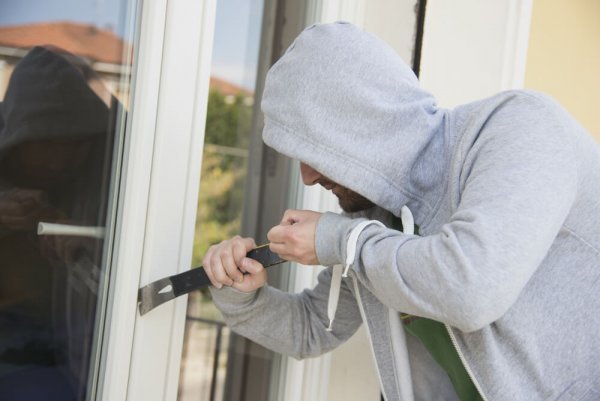Southern California, with its urban landscape and infamous traffic congestion, is a region that demands innovative solutions to keep its roadways flowing smoothly. One such solution is the implementation of High Occupancy Vehicle (HOV) lanes, also known as carpool lanes or diamond lanes. The Encino car accident attorneys at Younglove Law Firm bring attention to the rules and regulations governing HOV lanes in Southern California, shedding light on how drivers can make the most of these express lanes while staying within the bounds of the law.
The Purpose of HOV Lanes
The primary goal of HOV lanes is to encourage carpooling and reduce overall traffic congestion. By providing a dedicated lane for vehicles with multiple occupants, transportation authorities aim to incentivize shared rides, decrease the number of single-occupancy vehicles on the road, and promote more efficient use of limited roadway space.
Occupancy Requirements
One of the fundamental aspects of HOV lanes is the occupancy requirement. In Southern California, the typical requirement for using the carpool lane is that a vehicle must have a minimum number of occupants. The specific occupancy requirement can vary, but it is often set at two or more people in the vehicle. Some lanes, particularly during peak hours, may have higher occupancy requirements, such as three or more occupants.
It’s crucial for drivers to be aware of these occupancy requirements, as violating them can result in fines and penalties. Additionally, transportation authorities employ various methods, including cameras and law enforcement patrols, to monitor and enforce HOV lane occupancy rules.
Types of Vehicles Allowed
In addition to carpools with the required number of occupants, certain types of vehicles are often allowed to use HOV lanes, regardless of the number of passengers. These may include:
Clean Air Vehicles (CAVs): Southern California encourages the use of environmentally friendly vehicles by granting certain exemptions to clean air vehicles. These exemptions often extend to hybrid and electric vehicles, providing an incentive for drivers to make eco-friendly choices.
Motorcycles: In many cases, motorcycles are permitted to use HOV lanes, even with just one rider. This is not only a perk for motorcycle enthusiasts but also contributes to the efficiency of the lanes by accommodating smaller, more agile vehicles.
Entry and Exit Points
HOV lanes typically have designated entry and exit points, and drivers must adhere to these locations when entering or exiting the express lanes. Sudden lane changes or crossing over double white lines can result in traffic violations.
Understanding where the entry and exit points are located is essential for drivers planning to use HOV lanes. It’s also worth noting that some segments of the lanes may be designated as “continuous access,” allowing drivers to enter and exit more freely.
HOV Lane Operating Hours
HOV lane operating hours can vary, and it’s crucial for drivers to be aware of the specific timeframes during which these lanes are enforced. Some lanes are operational 24/7, while others may have specific hours of operation, typically corresponding to peak traffic periods.
Driving in an HOV lane outside of its operational hours, or during restricted hours without the required number of occupants, can result in penalties. Signs indicating the hours of operation are prominently displayed along the lanes and should be carefully observed by drivers.
Penalties for Violations
Violating HOV lane rules in Southern California can lead to significant penalties. These may include fines, points on a driver’s record, and even the possibility of increased insurance premiums. Law enforcement agencies actively patrol HOV lanes, and technology, such as cameras, is often employed to identify and penalize violators.
Tips for Navigating HOV Lanes
Know the Rules: Familiarize yourself with the specific rules and regulations governing HOV lanes in the areas you frequent. Different jurisdictions may have slightly different requirements.
Check Signs Regularly: Pay attention to signs indicating the occupancy requirements, operating hours, and entry/exit points for HOV lanes. These signs are crucial for compliance.
Use Carpooling Apps: If you’re a solo driver looking to share a ride and qualify for the HOV lane, consider using carpooling apps to connect with potential co-riders.
Plan Your Route: When possible, plan your route to take advantage of HOV lanes. This can be especially beneficial during peak traffic hours.
Stay Informed About Exemptions: Be aware of exemptions, such as those for clean air vehicles, and take advantage of them if applicable to your situation.
In conclusion, HOV lanes in Southern California serve as a practical solution to address traffic congestion, rewarding those who choose to carpool or drive environmentally friendly vehicles. By understanding and adhering to the rules and regulations surrounding HOV lanes, drivers can not only enjoy a faster commute but also contribute to a more efficient and sustainable transportation system in the region.










